In our last blog, we discussed the grape varieties planted, culled, and selected in the vineyard. Now we’ll get into how we worked with the soil to produce the best yield.
Mineral Availability & Soil pH
Terroir is the environmental conditions (slope, exposure, soil, etc.) in which a vineyard grows. As we all know, planting starts with the soil. The question is, what are we planting in? And will that soil support the growth of grapevines? Textural analyses reveal that our soils in the vineyard vary from sandy loam to sandy clay. The red coloration is indicative of its iron content in an oxidized form. Most importantly, the soil pH averaged around 5.0, very acidic for grapes; they prefer a pH range between 6.0 and 7.0. The soil is perhaps more adapted to blueberries, oaks and pines. One of the corrections we made was to add a granular lime on the order of 2.5 tons per acre.
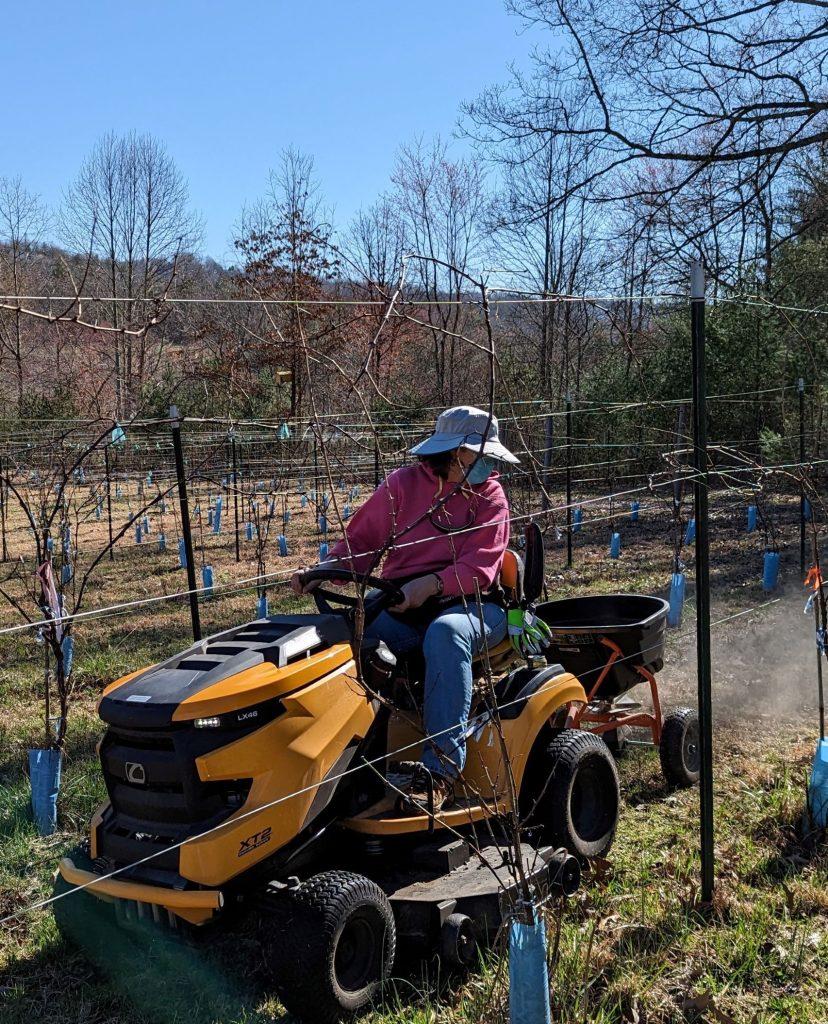
Why was this important? pH is a measure of soil acidity or alkalinity. The pH scale ranges from 1 to 14, with a pH of 7.0 being neutral. Below a pH of 7.0, soils are acidic in reaction (more H+ ions in solution), and above a pH of 7.0, soils are alkaline in reaction (more OH– ions in solution). Soil pH affects which nutrients and minerals are more readily available for plants.
In acidic soils, metallic ions go into solution and therefore are readily absorbed by roots. The metallic ions include iron, manganese, boron, copper, and zinc. These are essential microelements required for plant growth in small quantities (parts per million or ppm). One of these macronutrients, magnesium, is needed to make chloroplasts, which the plant cells use to convert solar energy into sugars.
However, in very acidic soils (pH of 5.0 or lower) the major elements or macro-elements become limiting and are less available. The macro-elements are required in percent amounts by plants, or 10,000 times the amounts required of the microelements! The major mineral elements are nitrogen, phosphorous, potassium, calcium, magnesium and sulfur. Nitrogen is essential for growth, serving as the basis of amino acids, proteins, and enzymes in plants.
Organic Matter Covers a Multitude of Sins
Changing the pH of soil is a process that proceeds at a slow rate. In regions where precipitation exceeds evaporation (such as the east coast of the US), lime applications can and will leach, meaning the calcium ions move downward in the soil beyond the reach of the vine roots. Unlike tree roots, vine roots will range deeply into the soil, but that takes time. In low pH (acidic) soils, you can buffer the soil with organic matter. But how do you add enough organic matter for two and a half acres of vines?
When we first planted our vines, each one was mulched with straw or woodchips. Then, we used a mulching mower to cut the grass within the rows. The cut grass returns organic matter to the soil. The first years in the vineyard are critical to young plants for establishment, so we needed to supplement our organic amendments with targeted soil applications containing both humic substances and fertilization.
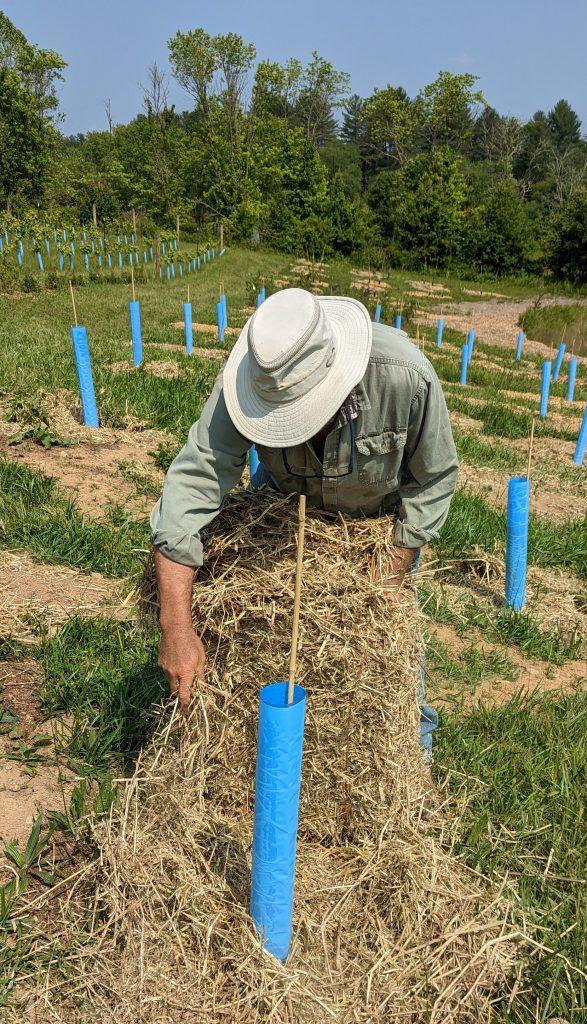
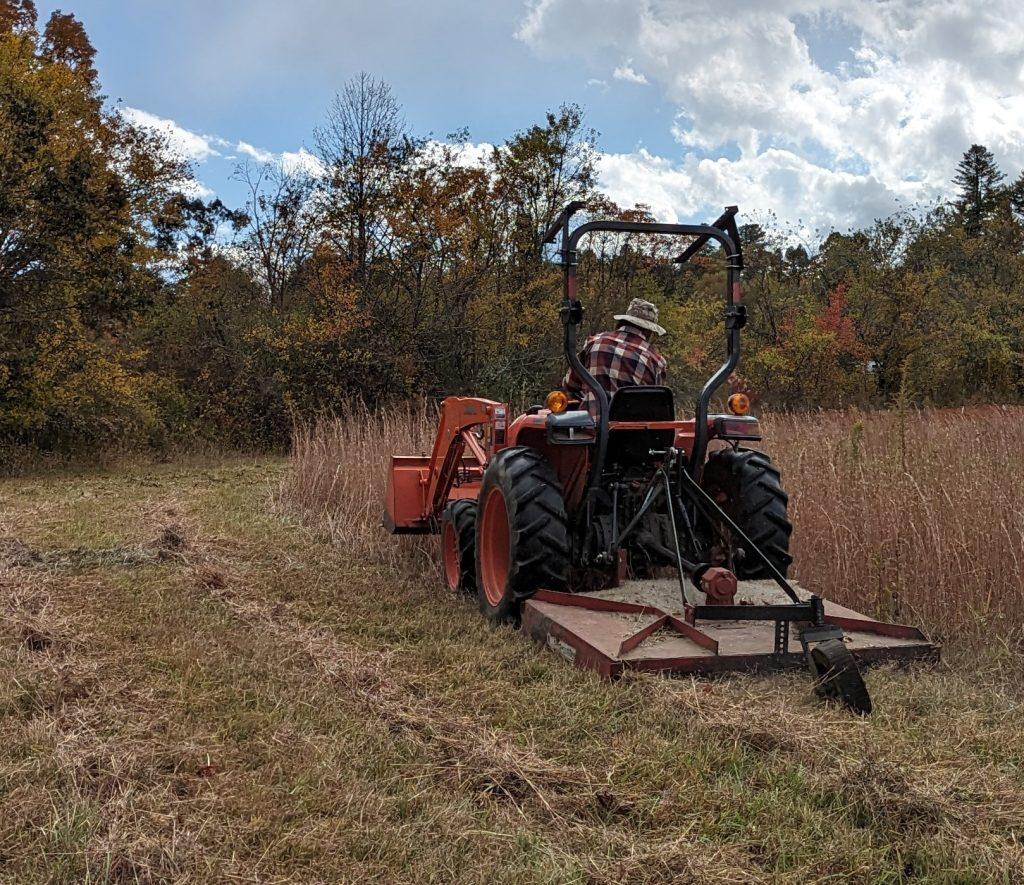
Soil Injections in the Vineyard
I elected to use the AccuFlo Soil Injector ISD, which delivers a precise dose into the root zone. To apply liquid humates, I mixed EnviroPlex, a soil conditioner containing 22% humic acid. I prepared a mix of 180 mLs (6 fl. Oz.) per gallon and set the injector for a 150 mL application per vine. Our rows are 20 to 22 vines deep; this rate is enough for approximately one row. I mixed into a 25-gallon service tank which allowed me to deliver product to a half acre of vines.
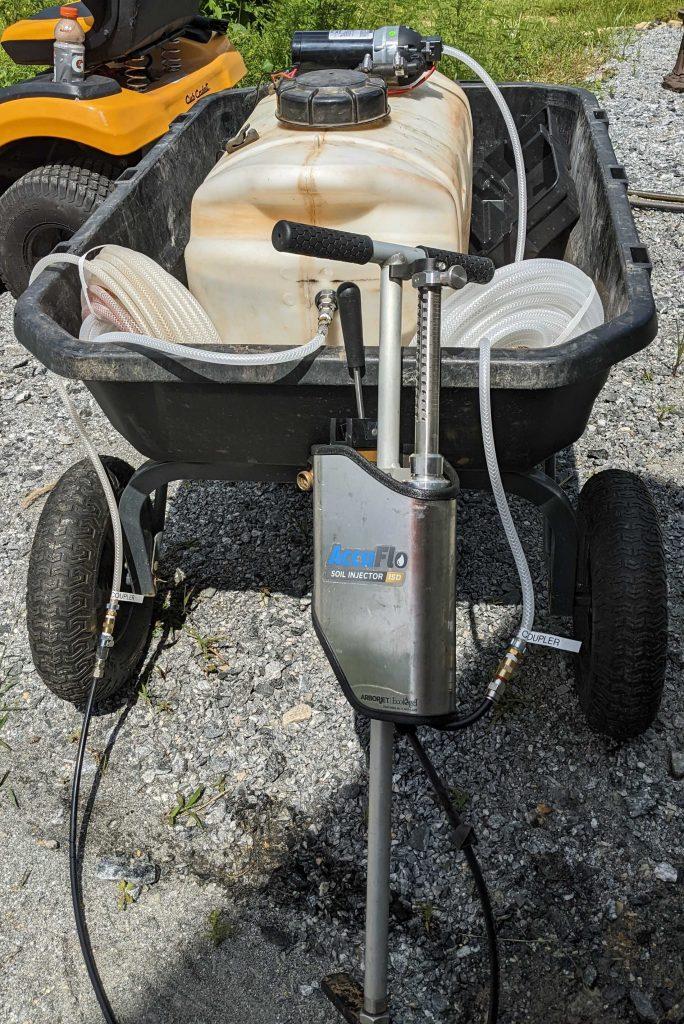
The second product that helped our vines to establish was Bio MP (5-3-2) which provides essential macro-elements (nitrogen, phosphorous, and potassium) plus molasses. Molasses serves as a source of carbohydrates that feeds the soil microflora, including mycorrhizae that are essential to establish in vines. Rates, dilution and application is similar to the EnviroPlex applied. The initial application was made during the plants initial period of rapid growth, a second at flowering or early fruit set.
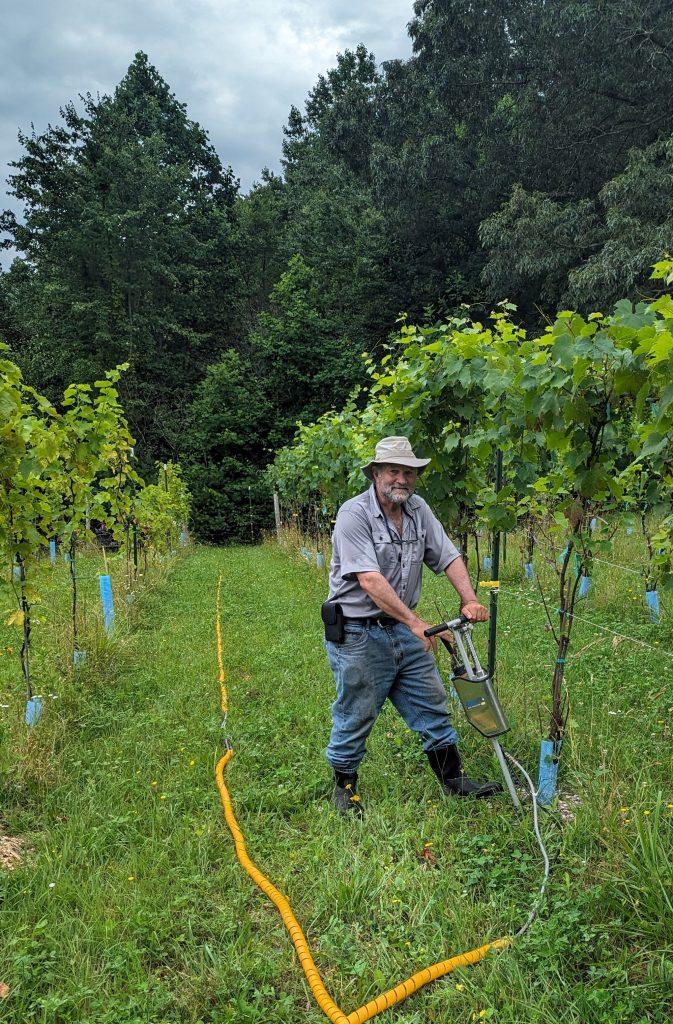
Foliar Sprays to Aid Plant Establishment
Lastly, I made applications of CytoGro, a biostimulant formulated from kelp (Ascophyllum nodosum), which is known to reduce plant stress and increase root mass. The CytoGro applications were made by foliar sprays at a rate of 500 mLs (½ pint) per acre. These applications are made in the summer months to help alleviate heat stress, particularly in the newly established vines. Always follow label indications when applying products!
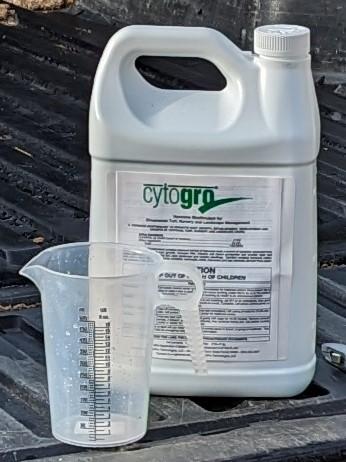
Having tools and products to aid in vine establishment and growth was essential in the initial stages of vine establishment. These products are also being used throughout the vineyard to reduce plant stress and to increase vine productivity.
In our next installation, we’ll address pest management in the vineyard.
~ Signing off for now, Joe

